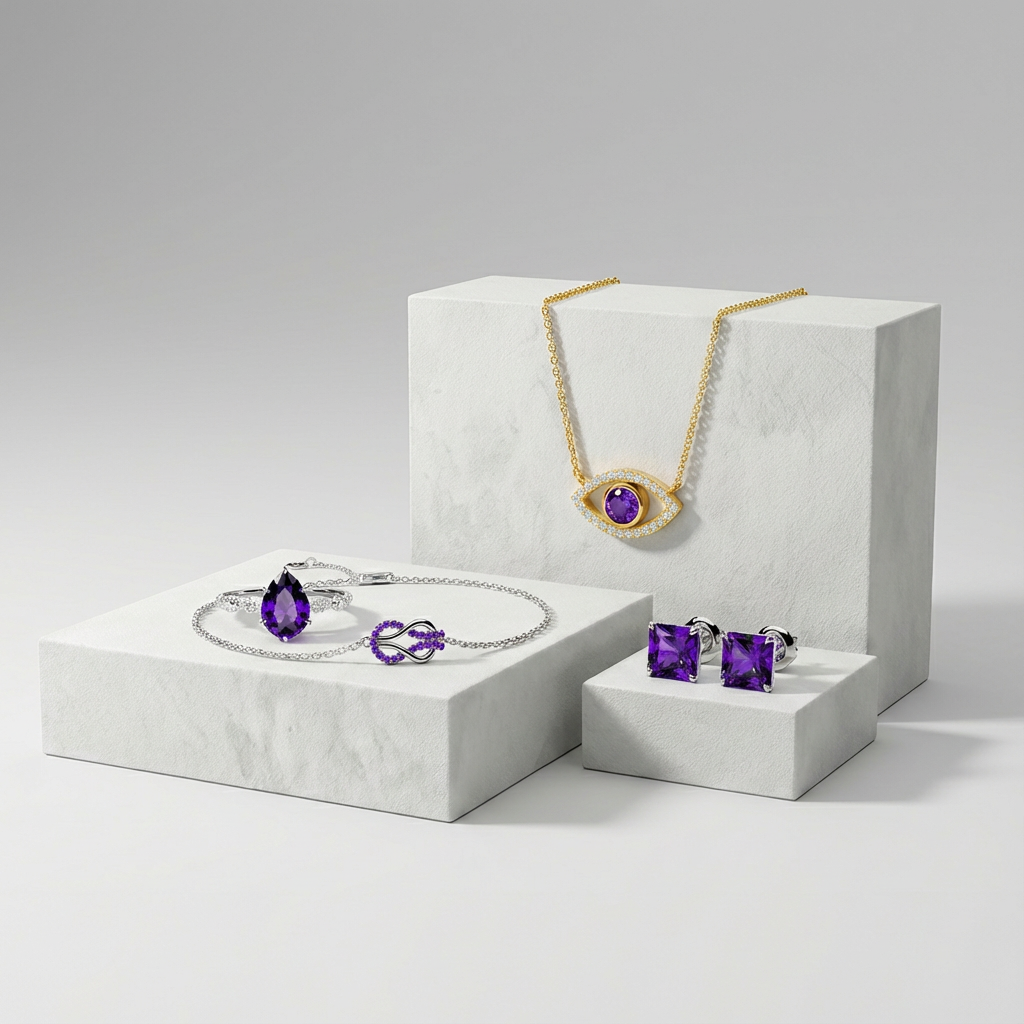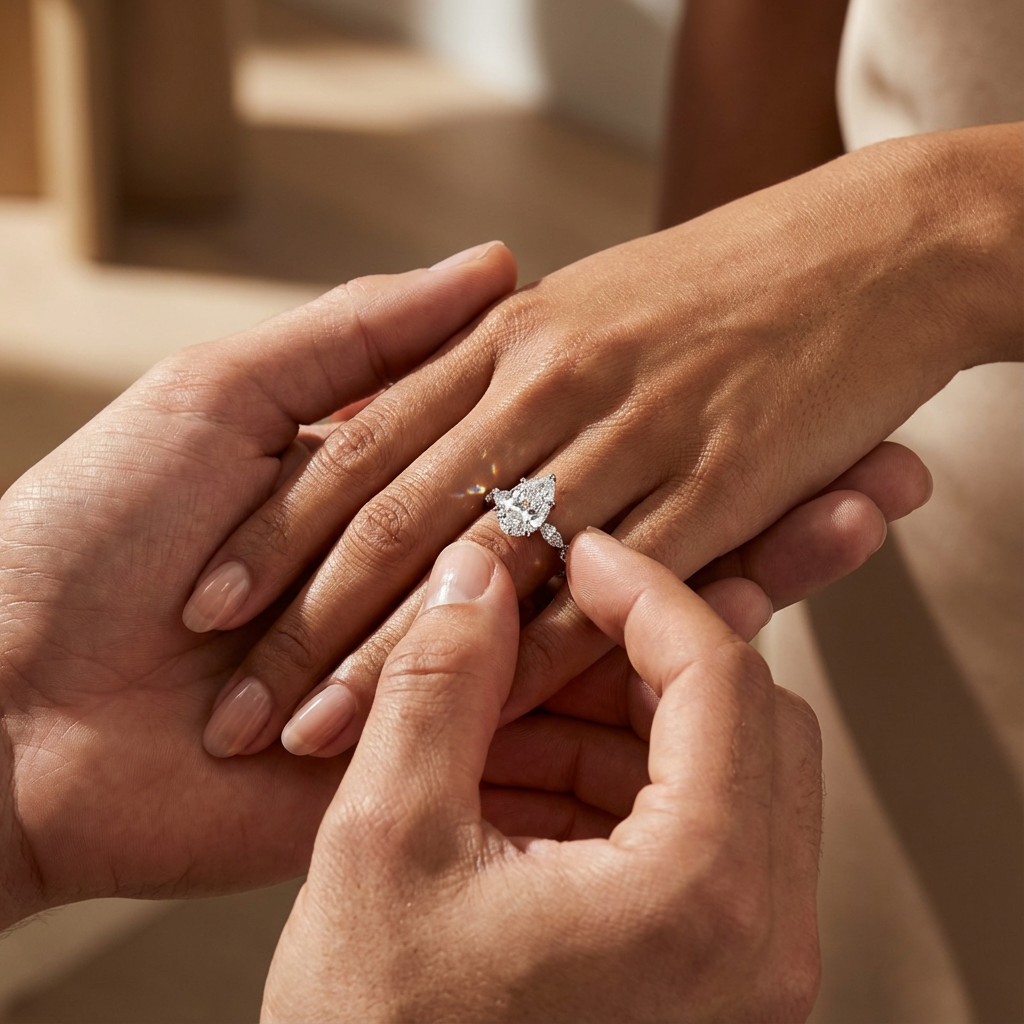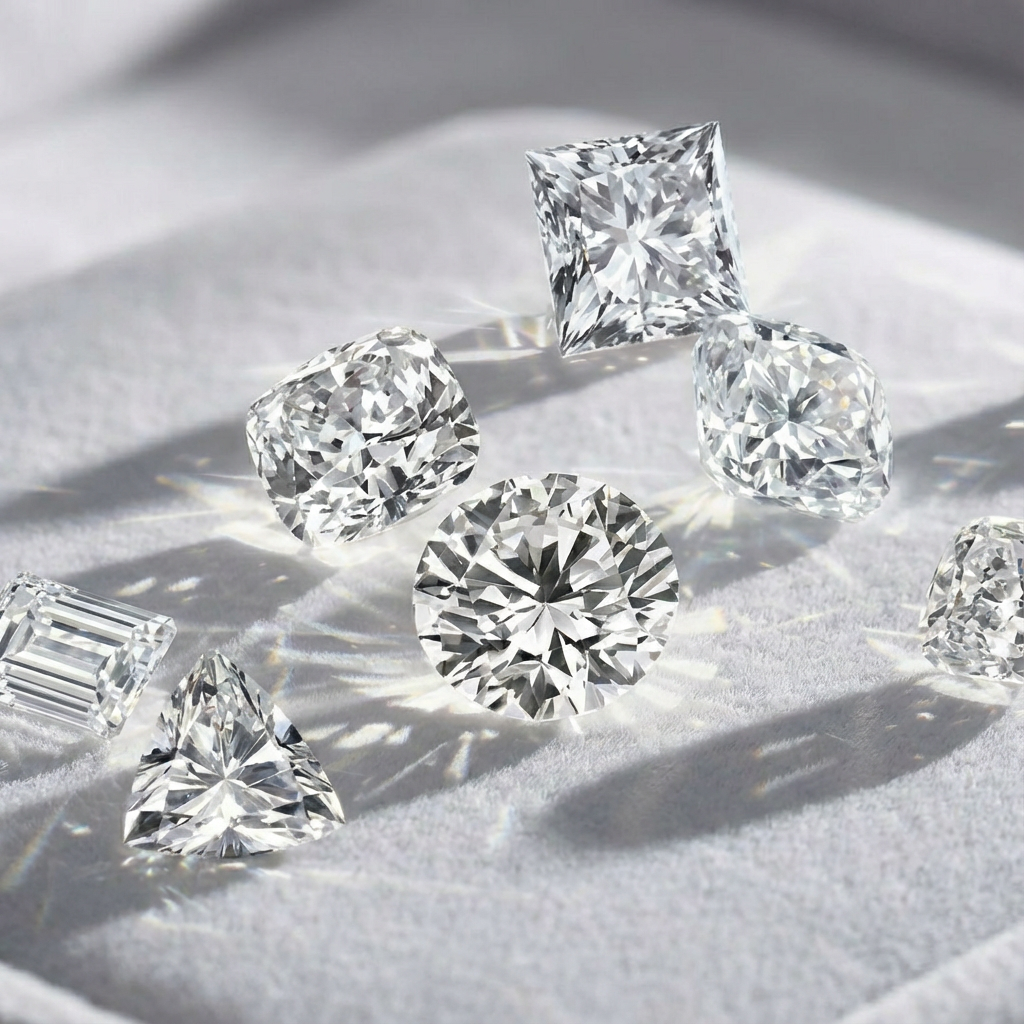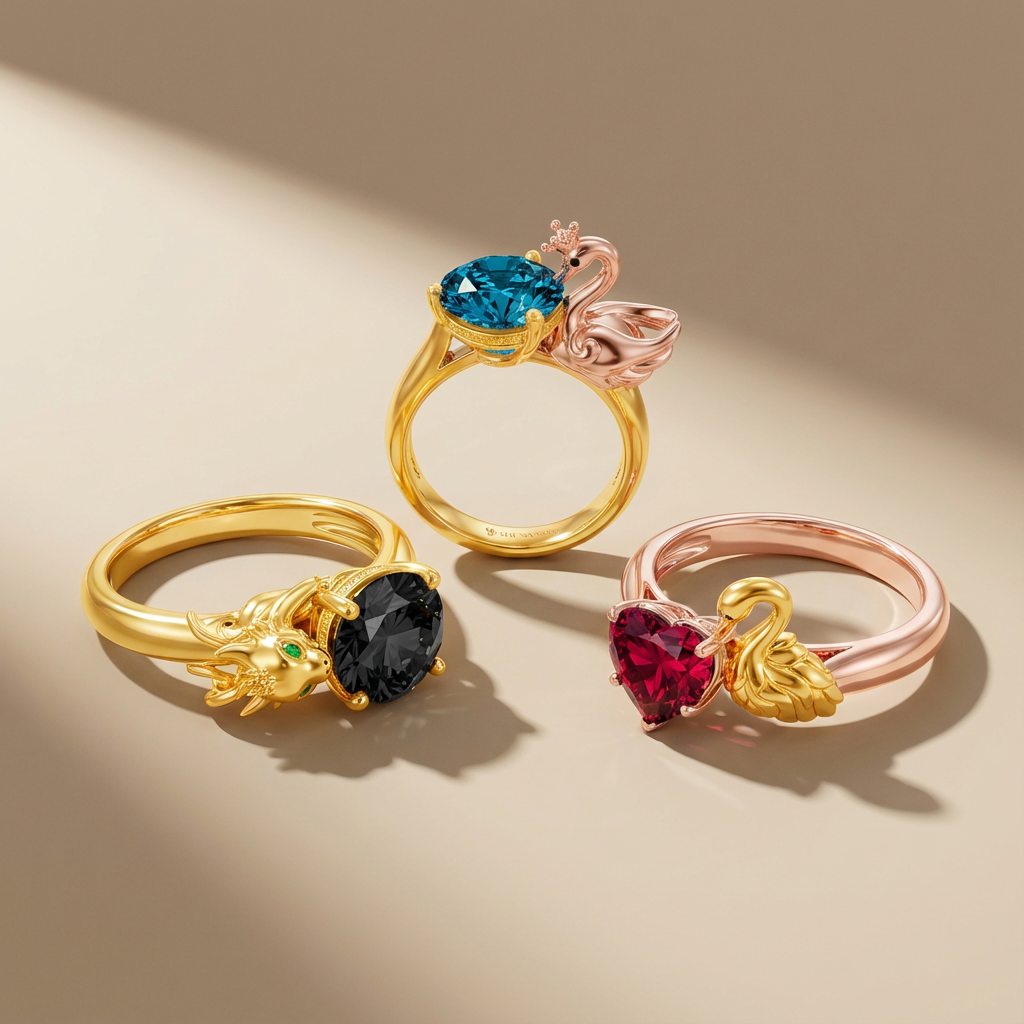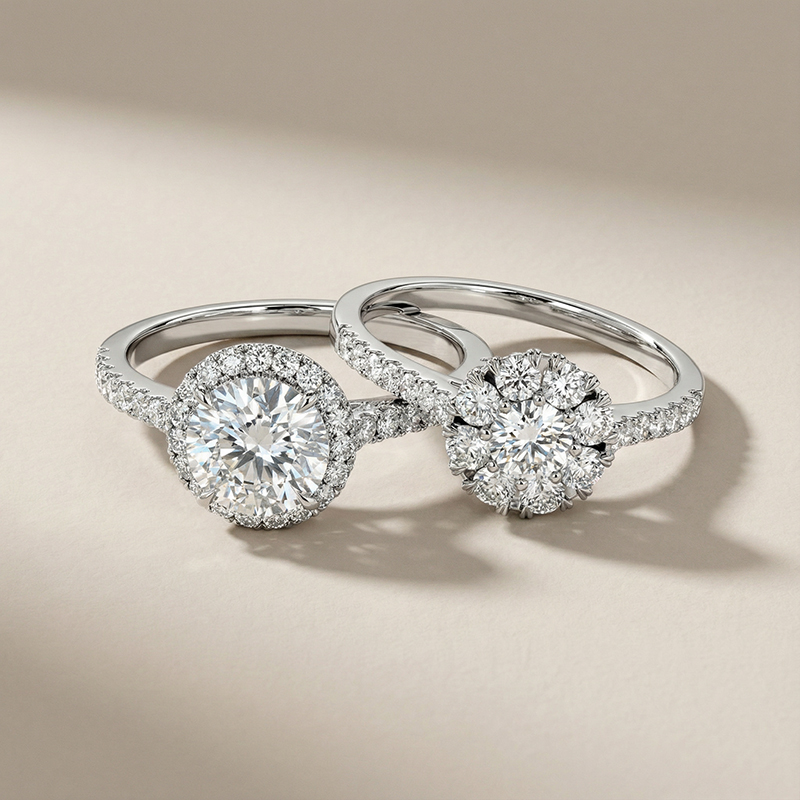Among all the beautifully colored gemstones, the green must be the most classical and sacred. Although the fresh green gems were the primary choice for plutocrats in ancient times, they offer more possibilities for regular people nowadays with limited budgets. Come and discover the secrets of the fresh green gemstones with SHE·SAID·YES!
Emerald
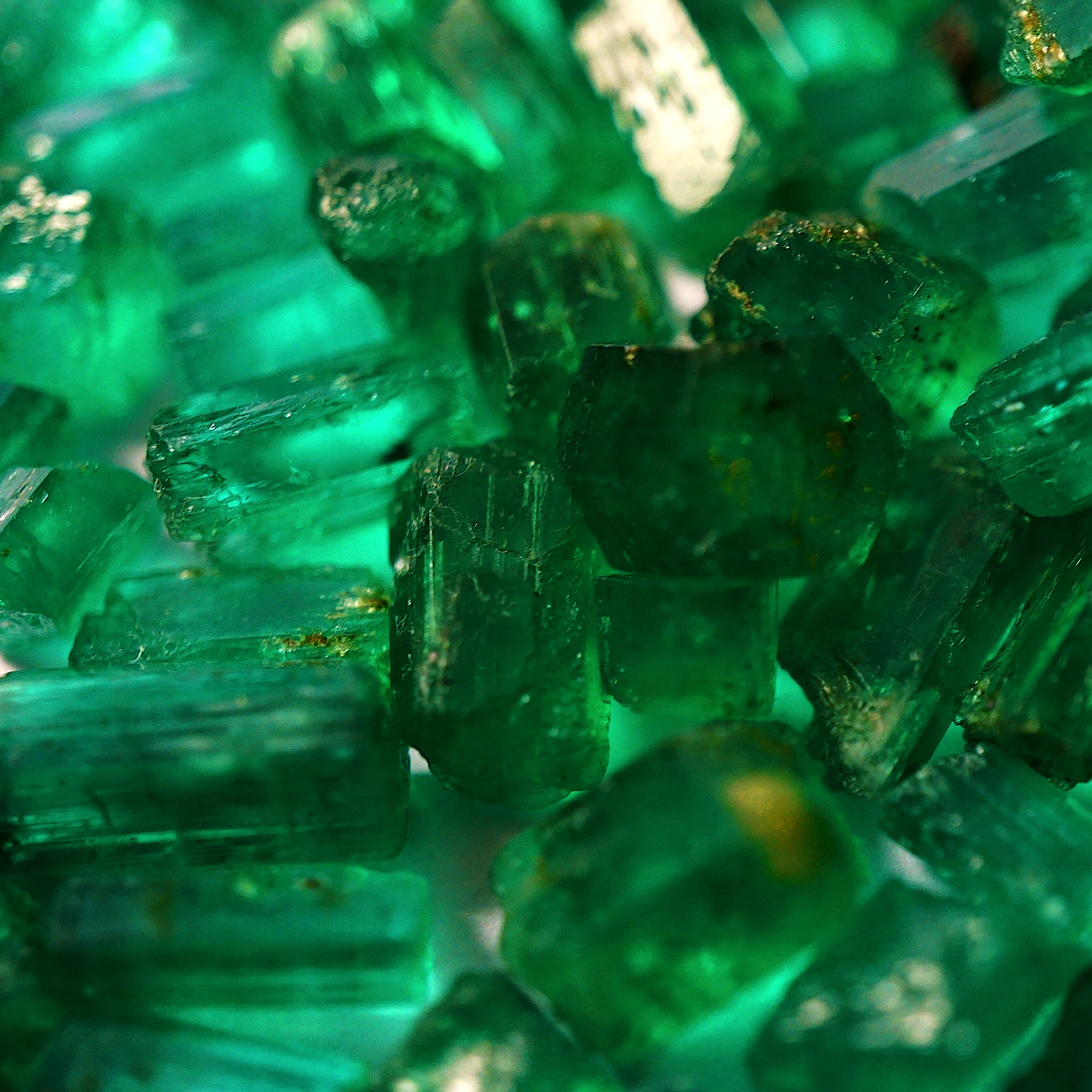
When it comes to green gemstones, the first thing that comes to mind is the May Birthstone——emeralds. It’s a member of the beryl family with a medium or darker green to blue-green color. Similar to peridot, although emeralds have a hardness of between 7.5 and 8, emeralds also have flaws in their crystal structure and are likely to crack if accidentally broken.
There’re many legends about emeralds, and the biggest fan of emeralds, Cleopatra, once made a series of fine jewelry and ornaments to show off her wealth. One of the emerald jewelry nowadays is The Grand Duchess Vladimir Tiara.
The emerald has a variety of meanings depending on the diverse area. In Greece, it reflects the goddess Venus, which symbolizes love and hope. While in Eygpt, it’s considered a gift from Thoth, a source of eternal life.
Peridot

Peridot is a silicate mineral, often found in lavas and peridotite xenoliths of the mantle. Generally, some volcanoes in eruptions could eject peridots into the sky and then fall to the ground nearby.
Peridots are very popular among customers and Jewellers for their unique green color. The perfect yellow-green color of the peridot is the result of ferrous and ferric iron. Ferrous provides green and ferric iron creates yellow. Although these gorgeous peridots are one of the most popular and affordable gemstone jewelry, they’re not mos durable actually. Their delicate and sensitive nature makes them prone to acid and rupture on a strong impact.
Jade
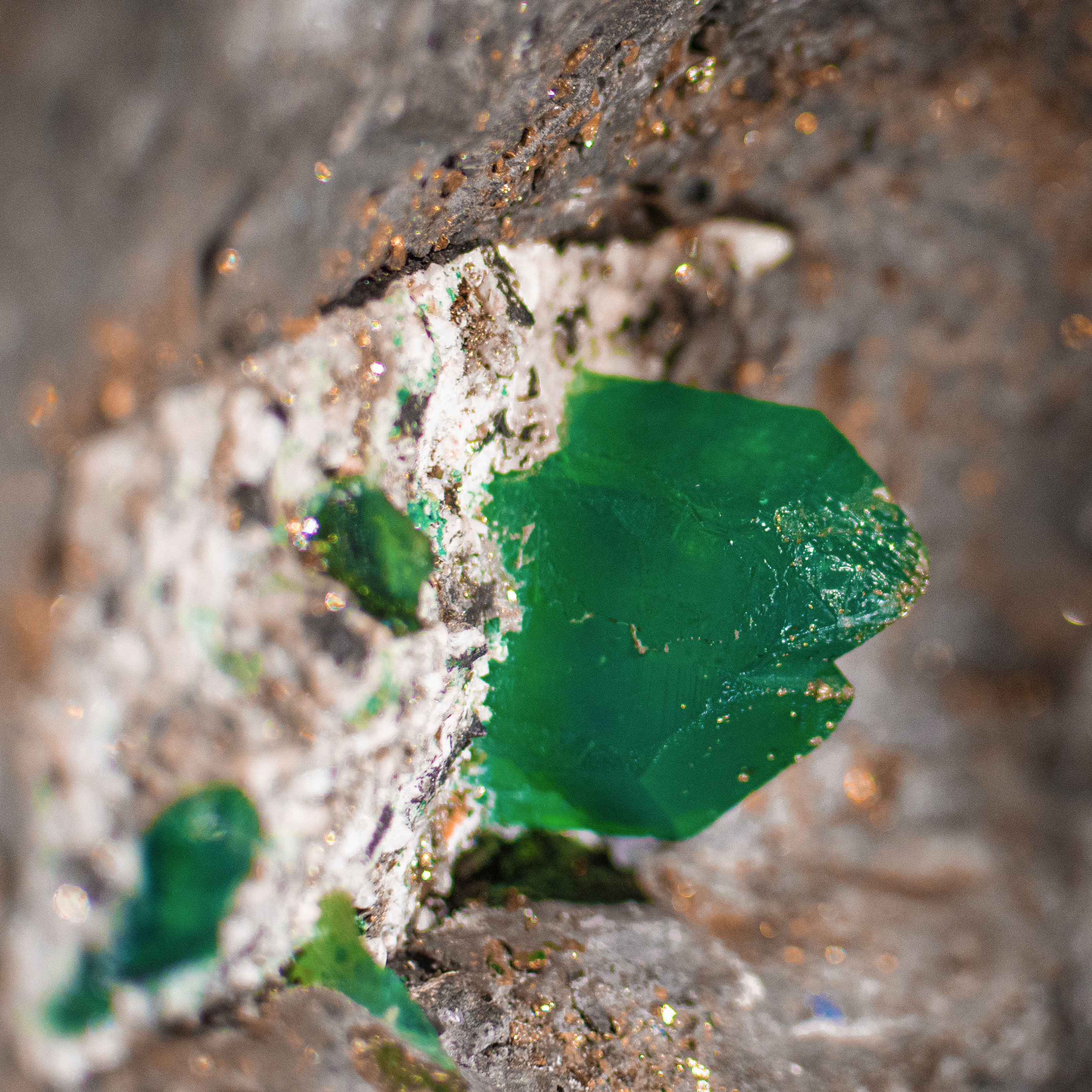
Jade refers to either of the silicate minerals, which could be divided into two types——nephrite and jadeite. Jadeite is the rarer and harder jade that has more value than nephrite. It’s typically green without much transparency, presenting a soft and gentle color.
Jade is trendy in Asia, especially in East Asia. China owns a long history of jade. In Neolithic times, the Chinese people started to use nephrite jade as a ceremonial jade for ancient sacrifices. And with the development of sculpture and craftsmanship, jade gradually became a divine decoration to present the social class of the people. While in early Mesoamerica, jade was a rare and valued mineral. Always crafted to convey symbolic meanings, jade was an elite good at that time to express ideological practices and rituals of humans.
Malachite
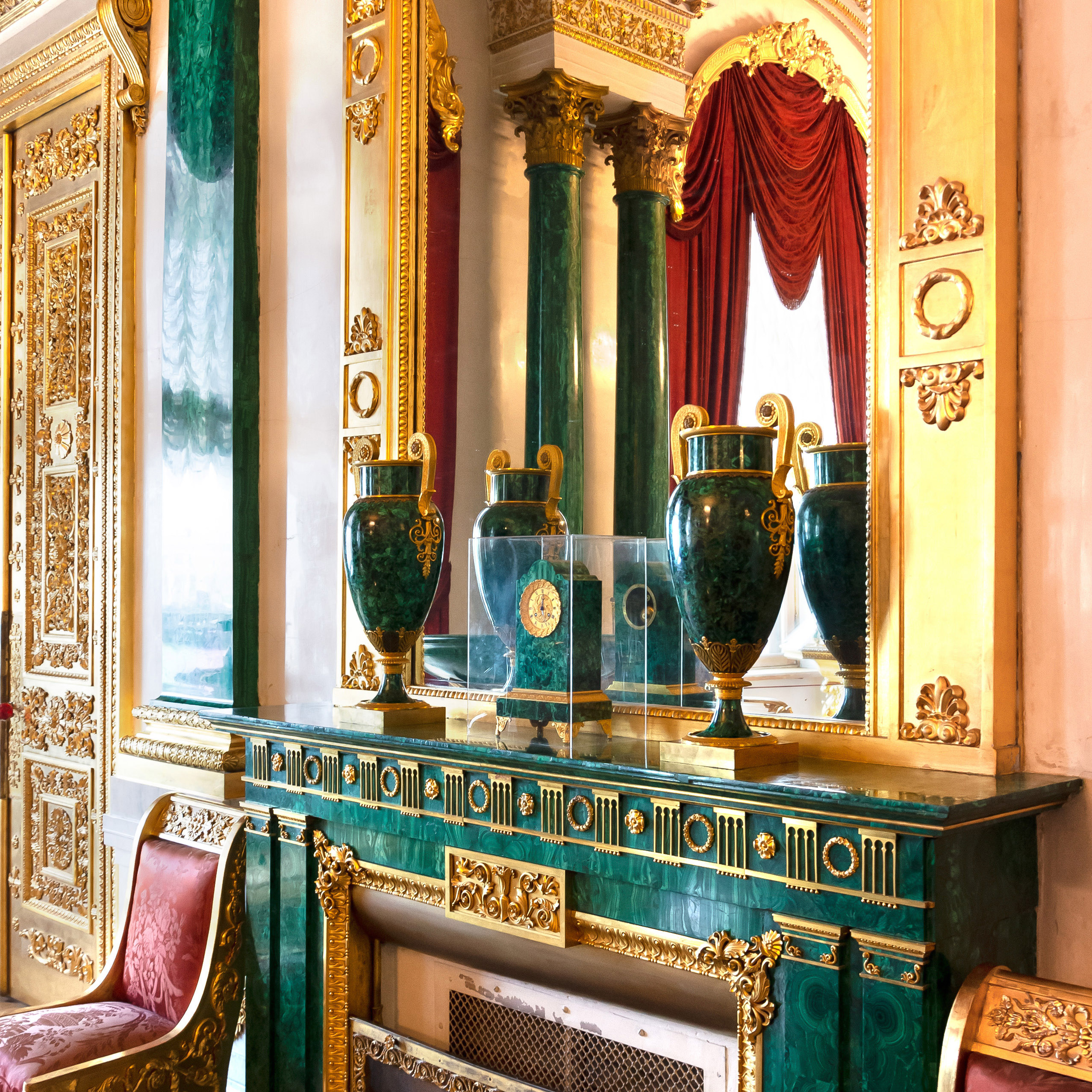
The last impressive green gemstone is Malachite, a copper carbonate hydroxide mineral. Its name is from the ancient Greek Μολοχίτης λίθος means “mallow-green stone.” As it represents, it’s an opaque green gemstone with irregular swirl patterns inside. Its vivid green is from copper, and its intricate swirls result from a complex chemical reaction.
Thanks to the beautiful shades of green and low hardness, malachite has been used as decorative stones, jewelry gems, and lapidary artistry. The celebrated “Malachite Room” in the Winter Palace is the ultimate representation of sophisticated malachite artwork.

